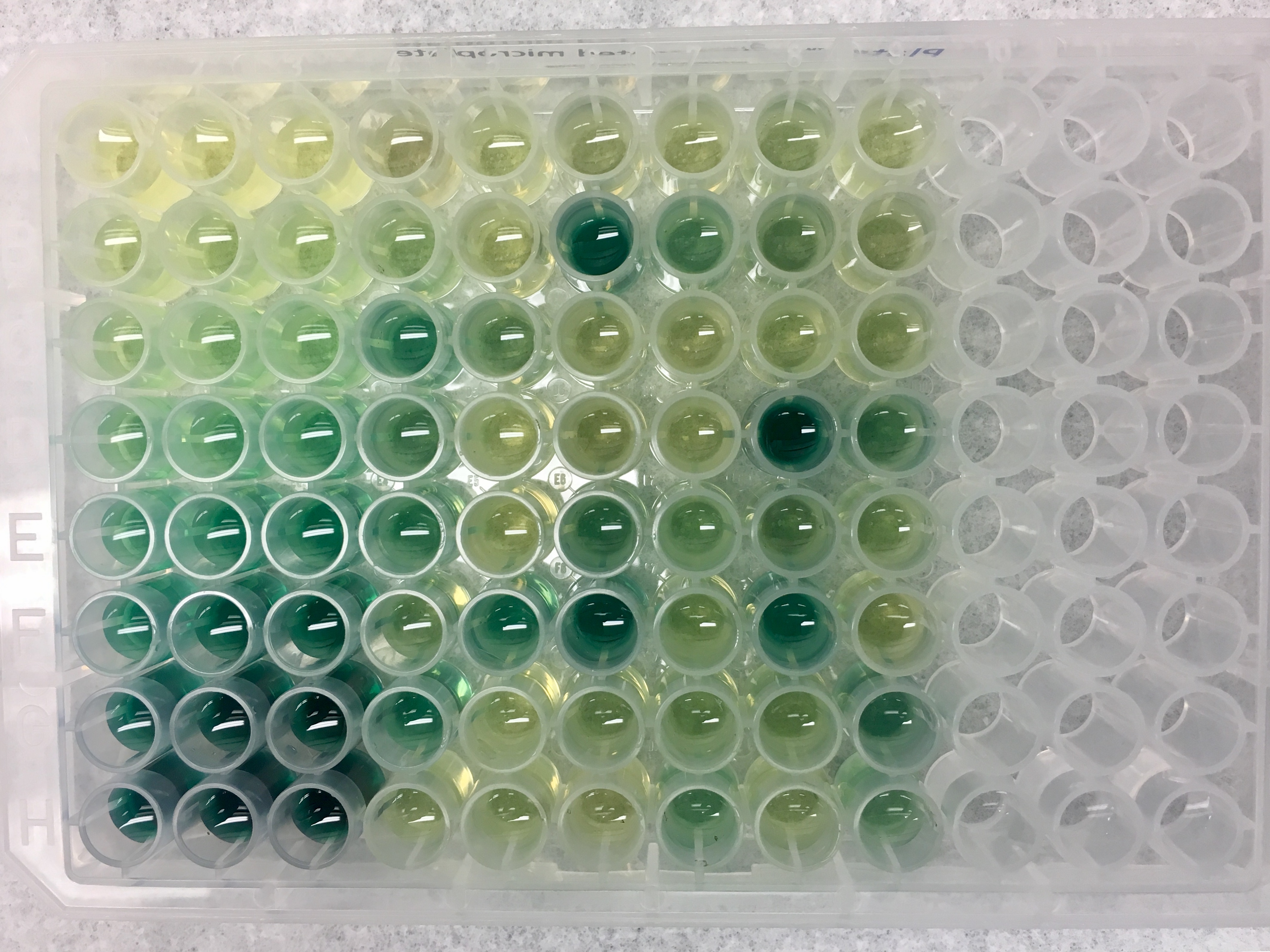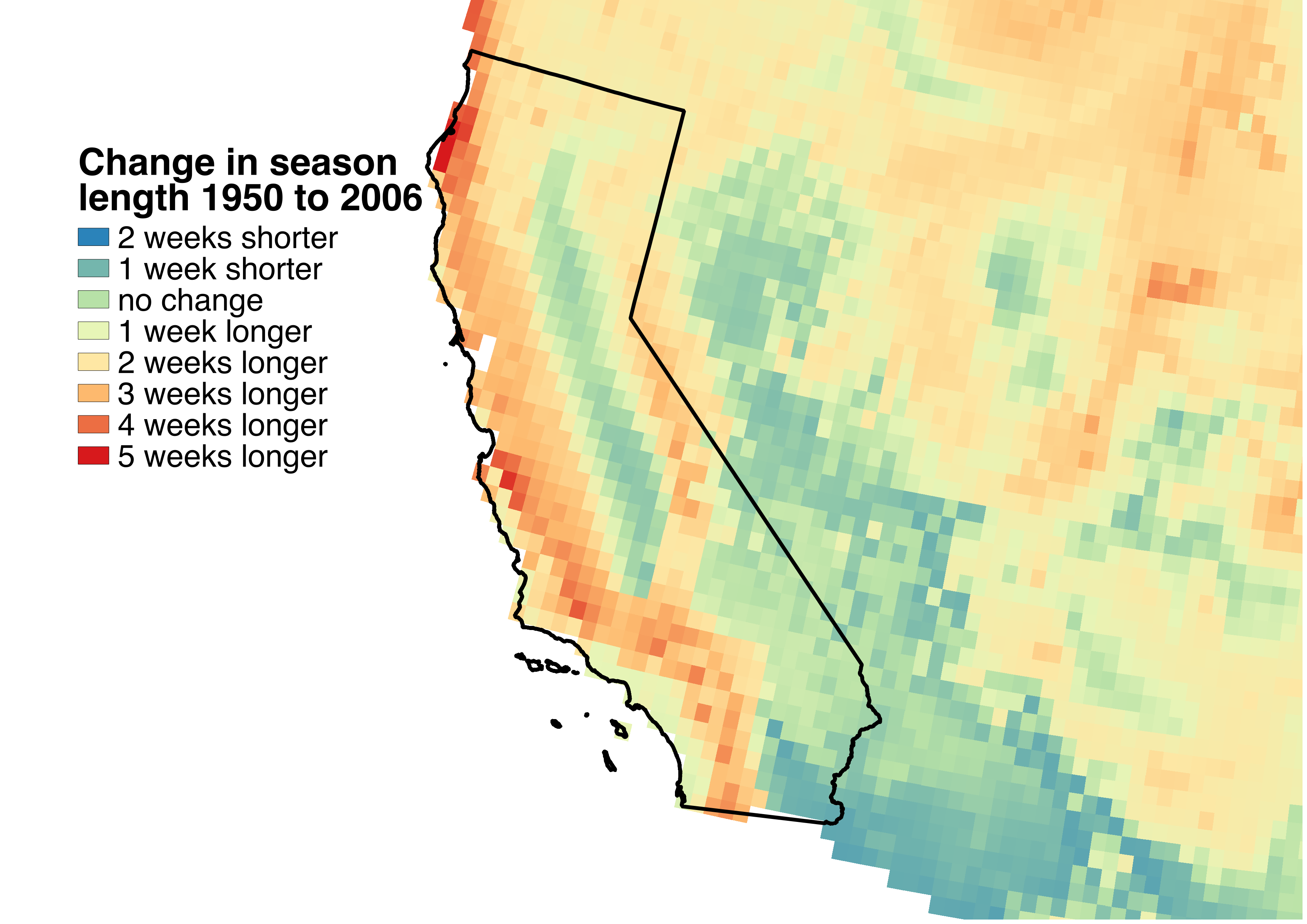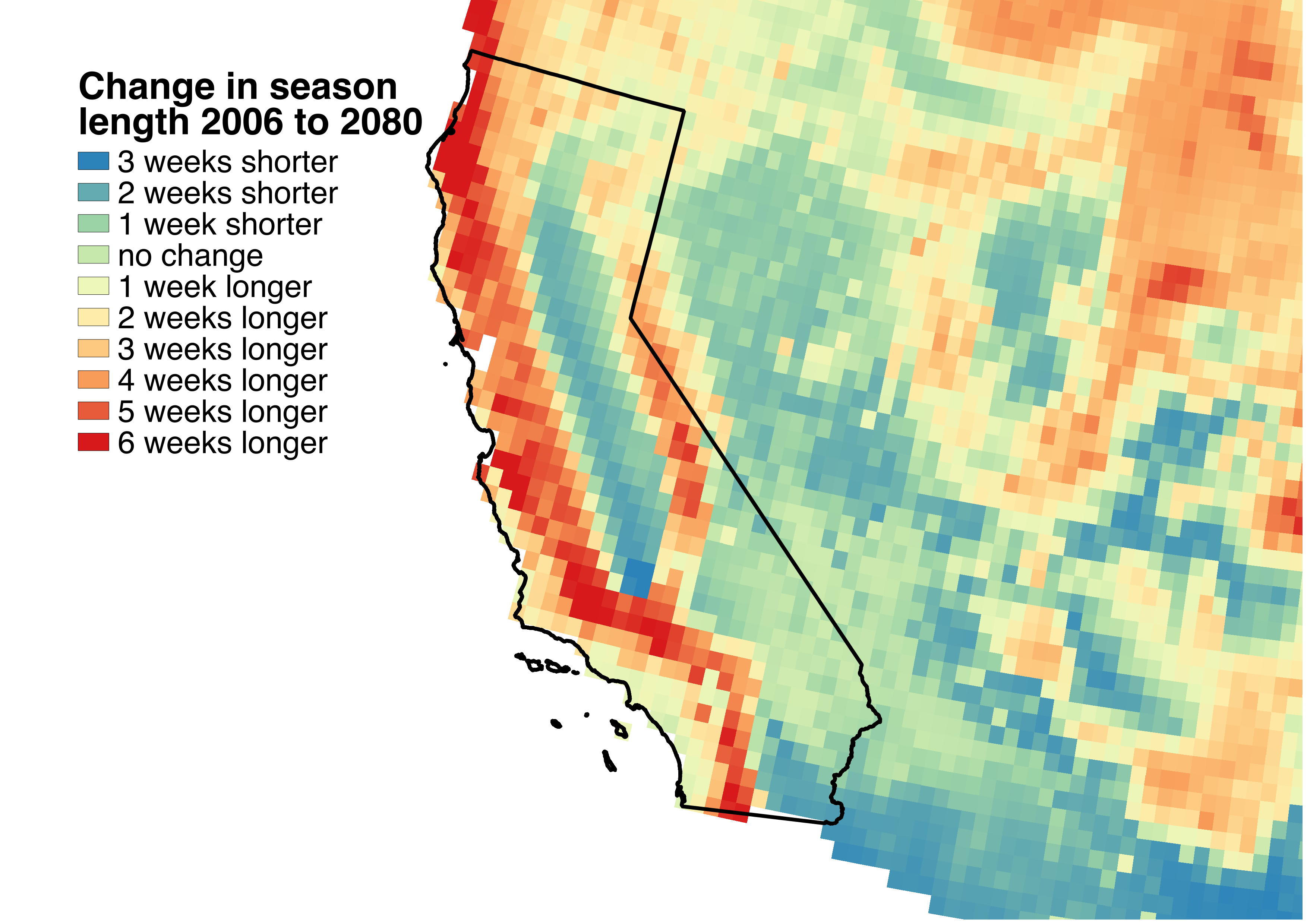Health Equity and Arboviral Diseases
I am a bilingual infectious disease epidemiologist on a mission to improve the health outcomes of marginalized populations through applied public health and community engagement.
The ecology, spread, and risk of invasive Aedes aegypti in California
Socio-demographic drivers of Ae. aegypti abundance in Los Angeles, CA:
Aedes aegypti, a vector of Zika, dengue, chikungunya, and yellow fever viruses, has expanded its range in California in recent years. This species tends to thrive in low socio-economic status (SES) communities lacking adequate sanitation, and has been associated with risk of local dengue outbreaks; however, it is unclear how community infrastructure may influence the risk of local outbreaks in the U.S., where residential areas are structured differently than those in developing regions of the world where ZIKV and DENV are endemic. During the summer of 2017, I was the lead investigator on project in collaboration with the Greater Los Angeles County Vector Control District (GLACVCD), and ran a household survey of 163 participants in sociodemographically diverse communities in Los Angeles County (LA), CA. Our aim was to quantify sociodemographic disparities in the risk of local Zika and dengue outbreaks in California. Using hierarchical models, we found that a decrease in income of approximately $20,000 was associated with a 30% increase in Ae. aegypti abundance at the household level, highlighting the need for community-specific vector control programs. The publication for this project is currently in its end-stages of editing and will be submitted to PLoS Neglected Tropical Diseases in late July 2019.
Scenes from LA. While conducting field work, I had the pleasure of working with 3 AMAZING undergrads who helped me administer surveys and collect mosquitoes. Chris, my advisor, visited us in LA and “wow-ed” some of our participants with his mosquito-whispering talents (consent was given for photo). The mechanics at the Greater Los Angeles County Vector Control District were incredibly gracious and taught me to reverse the polarity on leaf blowers for collecting mosquitoes.
Heterogeneities in Ae. aegypti blood and sugar-feeding in Los Anegeles, CA:
In the U.S., some studies suggest that improved housing quality reduces exposure to Ae. aegypti biting; however, it unclear how household characteristics and human behaviors (e.g. air-conditioner usage) may modify feeding patterns. To better understand the relationships between household risk factors and Ae. aegypti biting, I identified bloodmeal hosts, quantified sugar-feeding prevalence, and identified disparities in human-Ae. Aegypti exposure and biting in LA. As part of this project, I developed a cheaper and more efficient assay to identify blood and sugar-feeding patterns in Ae. aegypti mosquitoes. The improved method I developed to detect blood and sugar-feeding in Ae. aegypti modifies the gold-standard anthrone anthrone and vanillin assays, which together quantify fructose, lipids, and glycogen in insects, and requires 1/3 of the time and 1/10 of the cost compared to the gold-standards. For this new protocol, I reduced and scaled the reagents required for the original assays to fit within 96-well microplates, which are used to read absorbance. To validate this new protocol, I tested it on two cohorts of lab mosquitoes with known feeding histories. I am now using this assay in conjunction with linear discriminant annalysis, a classification algorithm, to classify the adult Ae. aegypti I collected from LA households as having never taken a bloodmeal, likely taken one bloodmeal, or likely taken multiple bloodmeals.



Scenes from the lab. The pink in the microplate wells are lipids extracted from Ae. aegypti reacting with a vanillin solution and the green is glycogen reacting with an anthrone solution. For our experiment, I volunteered to feed a few hundred lab colony Ae. aegypti on my arm!
Mapping past, present, and future climatic suitability of Ae. aegypti in the United States:
Rapid changes in the distributions of the mosquito species Aedes aegypti in the continental United States alter the potential for local transmission of dengue, chikungunya, and Zika viruses. The expanding range of these mosquitoes and discovery of new populations within the U.S. raises questions about whether recent spread has been enabled by climate change or other anthropogenic influences. In our analysis, we use daily average temperatures for the United States to model Ae. aegypti population growth rates using a stage-structured matrix population model to understand the past and present habitat suitability of this vector, and to project future habitat suitability under IPCC climate change scenario representative concentration pathway (RCP) 4.5. Our results indicate that much of the southern U.S. is suitable for Ae. aegypti year-round; however, a surprisingly large proportion of the U.S. in addition to southern states is suitable for positive population growth for much of the year. Additionally, IPCC CMIP5 model projections of future climate change suggest that climate change will expand the range and increase population growth rates of Ae. aegypti in the U.S., potentially increasing the range of the viruses they transmit. We also used this model to build a web-based application (available here) to estimate seasonal population dynamics of Ae. aegypti and Ae. albopictus populations in California.



The expected change in the reproductive season for Ae. aegypti in California. The reproductive season is the season when the climate in California is warm enough for Ae. aegypti to survive and reproduce. These outputs were generated by running daily average temperature projections from the RCP 4.5 CMIP5 models through our Ae. aegypti reproductive rate model, then averaging results over the following decades: 1950-1959, 2006-2015, and 2080-2089. The first map depicts the respective change in the reproductive season length expected to have occurred from 1950-1959 to 2006-20015. The middle map represents the current (2006-2015) expected length of the reproductive season. The last map depicts the respective change in the length of the reproductive season expected to occur from 2006-2015 to 2080-2089.
Zika and dengue epidemiology in Iquitos, Peru
Proyecto Dengue; data management in Iquitos, Peru:
As the survey and data manager for the Proyecto Dengue Program Project Grant (P01, PIs Dr. Tom Scott and Dr. Amy Morrison), I developed and managed surveys and data-collection efforts for a longitudinal cohort study with over 15,000 participants under surveillance for dengue and Zika virus infections in Iquitos, Peru. My main duties were programming the CommCare mobile application system used to administer surveys in the field, designing surveys, translating and streamlining surveys and standard operating procedures into Spanish, field-testing applications and survey protocols in Iquitos, and administering trainings in Spanish on using the CommCare data collection application and data management to Peruvian doctors and field technicians in Iquitos. To to ensure that the surveys and mobile application system were user-friendly for the field-technicians while also maintained the integrity of the data, I served as a liaison between and communicated heavily with field technicians, project managers, the CommCare database management team, and project scientists. Additionally, I developed an extensive knowledge of dengue and Zika epidemiology and a strong understanding of the socio-demographic determinants of both diseases.
Scenes from Iquitos. The first photo is of a community residing next to the Amazon River in Iquitos. The second photo is of one of our Peruvian doctors testing a study participant for dengue virus (consent was given for photo). The third photo is of Ae. aegypti larvae collected at one of the participating households.
Climate change and heath equity in California, California Department of Public Health
Projected future heat-related mobidity and motality attributed to climate change in California:
As a researcher for the Climate Change and Health Equity Program at the CDPH, I presently investigate the human morbidity and mortality burden attributed to ambient temperature and extreme heat and cold events in California. I applied for and was granted access to over 60 million records of emergency department and hospital admission data from the Office of Statewide Health Planning and Development. I used around eight million of these records to develop statistical models that project future temperature-related morbidity and mortality in California populations under different climate change scenarios. I focused on the most vulnerable populations (populations <65 years old, rural populations, outdoor workers) and identified the communities at greatest risk for increases in heat-related illness burden in the future. We are currently preparing a publication, with an estimated submission date of June 2019.